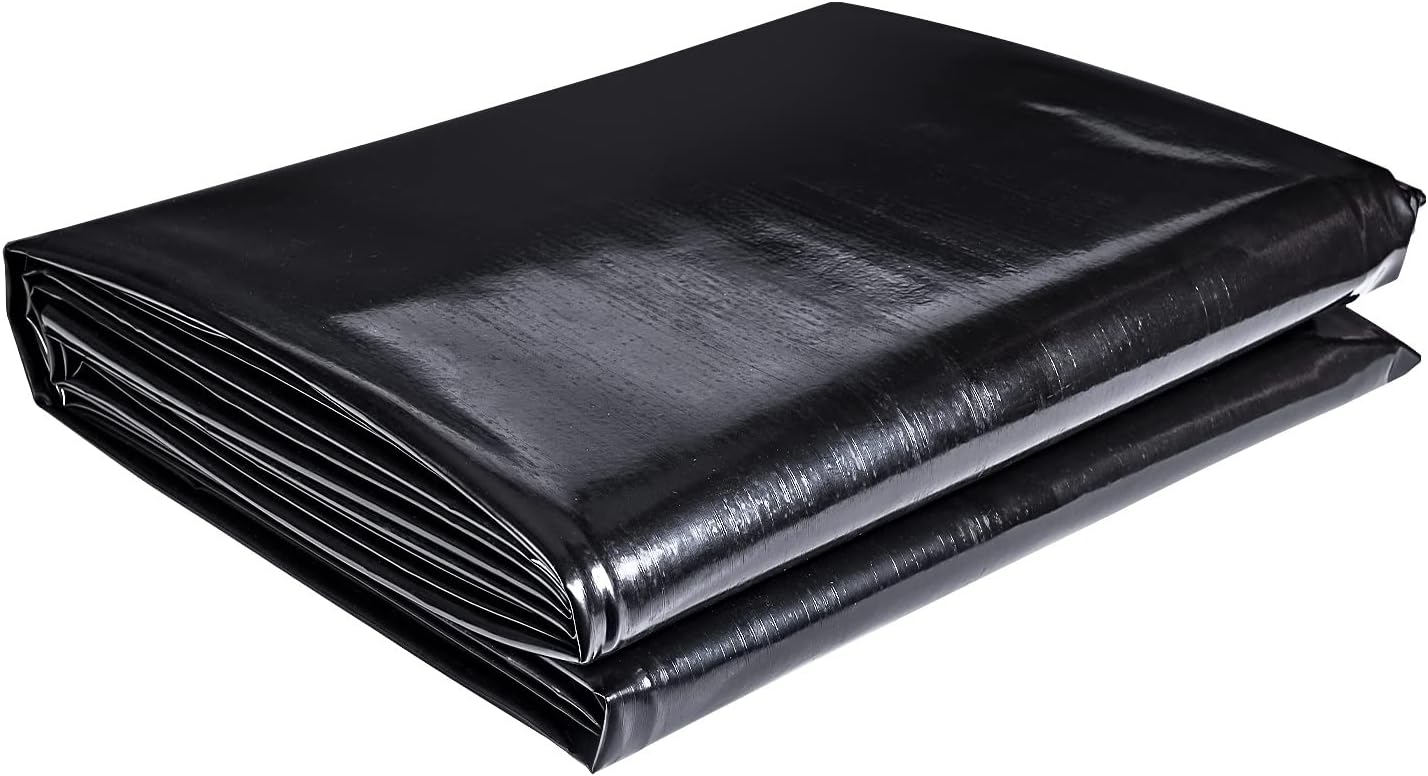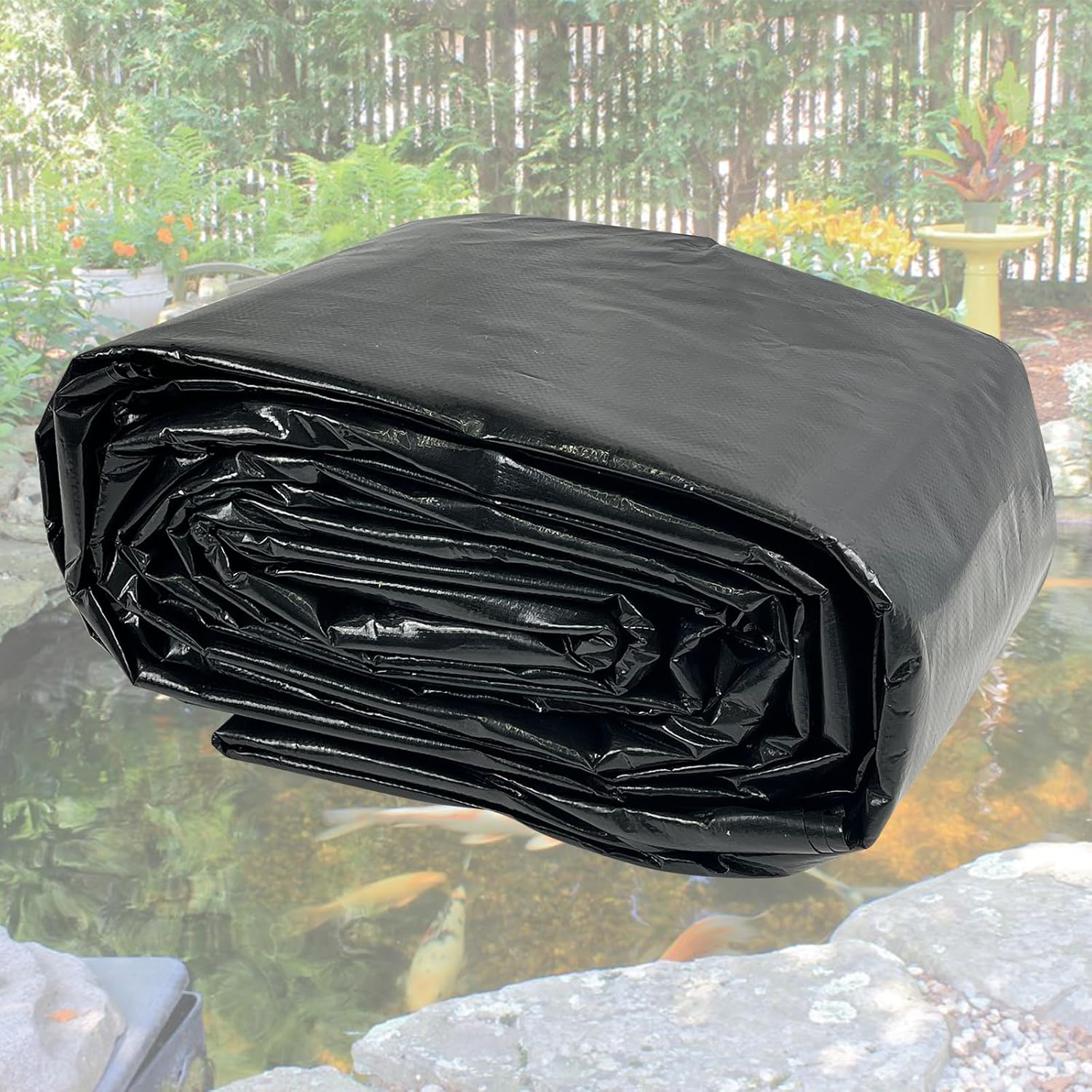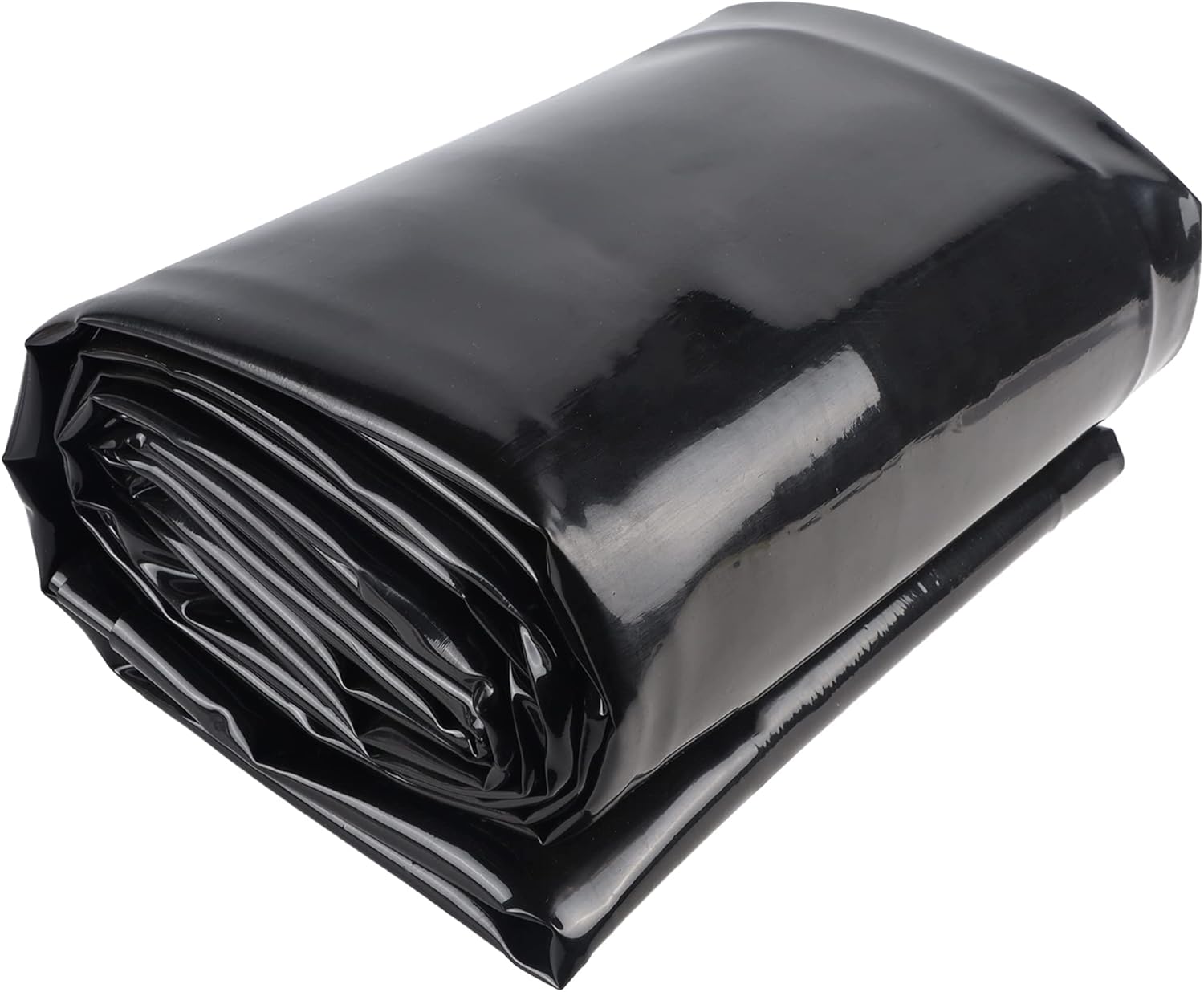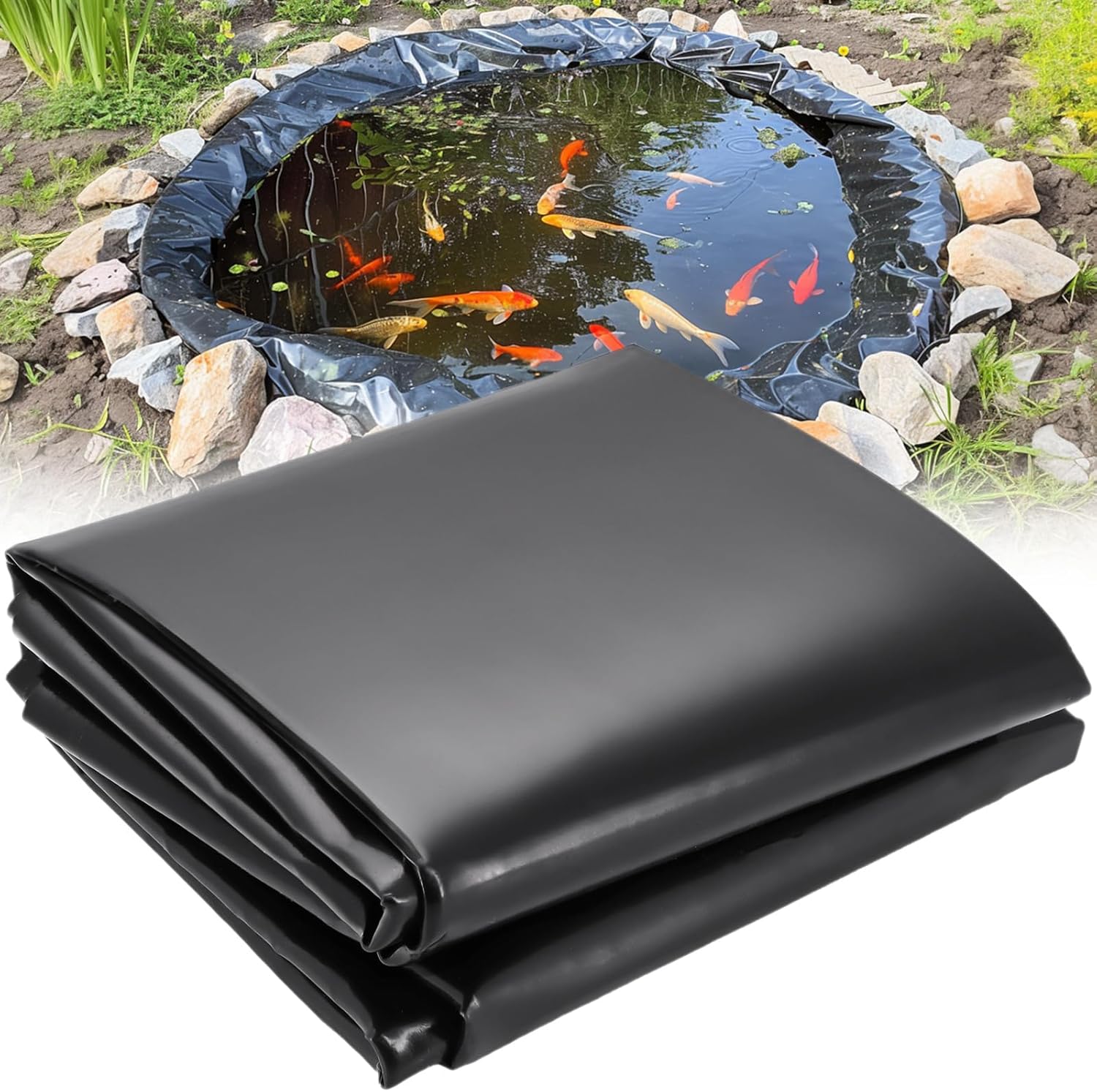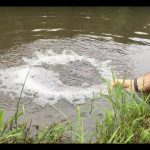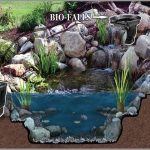Building an ecosystem pond is a fantastic way to create a beautiful and thriving aquatic environment in your backyard. Whether you’re a seasoned pond enthusiast or a beginner looking to embark on a new project, this guide will walk you through the steps to design and construct your very own ecosystem pond.
5 Best Durable Pond Liners For Outdoor Ponds, Garden Fountain, And Waterfall
Planning Your Ecosystem Pond
Before you start digging, it’s essential to have a clear plan for your ecosystem pond. Consider the size and shape of the pond, the type of aquatic plants and fish you want to include, and how you want to incorporate natural filtration and circulation systems into the design.
Choosing The Right Location
The location of your pond is crucial for its long-term success. Look for a spot that receives a good balance of sunlight and shade throughout the day, and make sure the ground is relatively level to minimize the need for extensive excavation. Avoid areas with overhanging trees that could drop leaves and debris into the pond.
Determining The Size And Shape
Consider the available space in your yard and the overall aesthetic you want to achieve when deciding on the size and shape of your pond. Irregular shapes can create a more natural look, while geometric designs offer a more formal appearance. Take into account the depth of the pond, as deeper areas can support a wider variety of aquatic life.
Excavation and Construction
Marking And Excavating The Pond
Once you have a clear plan in place, it’s time to mark out the shape of the pond using spray paint or a garden hose. Start digging, keeping in mind the depth and contours you’ve planned for. It’s important to create shelves or ledges within the pond to accommodate different types of aquatic plants.
Laying The Underlayment And Liner
After the excavation is complete, lay down a protective underlayment to cushion the pond liner and prevent punctures. Next, carefully position the pond liner, ensuring that it extends beyond the edges of the pond to allow for secure anchoring. Smooth out any wrinkles or folds in the liner to create a neat and snug fit.
Installing The Filtration System
An essential component of an ecosystem pond is the filtration system. Consider incorporating a combination of biological, mechanical, and plant-based filtration to maintain water quality and clarity. This can include a skimmer to remove debris, a biological filter to house beneficial bacteria, and aquatic plants to absorb excess nutrients.
Adding Aquatic Life and Plantings
Introducing Fish And Invertebrates
Once the pond is constructed and the filtration system is in place, it’s time to introduce aquatic life. Select a variety of fish species that are well-suited to the size and depth of your pond, such as koi, goldfish, or native species. Additionally, consider adding beneficial invertebrates like snails and shrimp to help maintain the ecosystem balance.
Choosing Aquatic Plants
Aquatic plants play a crucial role in an ecosystem pond, providing oxygen, absorbing nutrients, and offering habitat for wildlife. Select a mix of floating, submerged, and marginal plants to create a balanced and diverse aquatic environment. Water lilies, lotus, water hyacinth, and water lettuce are popular choices for their beauty and functionality.
Maintaining Your Ecosystem Pond
Monitoring Water Quality
Regularly test the water parameters of your pond, including pH, ammonia, nitrite, and nitrate levels. Monitoring water quality is essential for the health of your aquatic life and the overall balance of the ecosystem. Make adjustments as needed, such as adding beneficial bacteria or performing partial water changes.
Pruning And Thinning Plants
As your aquatic plants grow, it’s important to maintain their health and prevent overgrowth. Regularly prune and thin out excess plant material to ensure that each species has enough space to thrive without overcrowding. This will also help maintain water circulation and prevent stagnation in the pond.
Seasonal Care And Winterization
Throughout the year, your ecosystem pond will require different levels of care to accommodate seasonal changes. In the fall, prepare your pond for winter by removing debris, trimming back plants, and installing a pond heater or de-icer to prevent ice formation. During the spring and summer, monitor water temperature and nutrient levels to support healthy plant growth and reproduction.
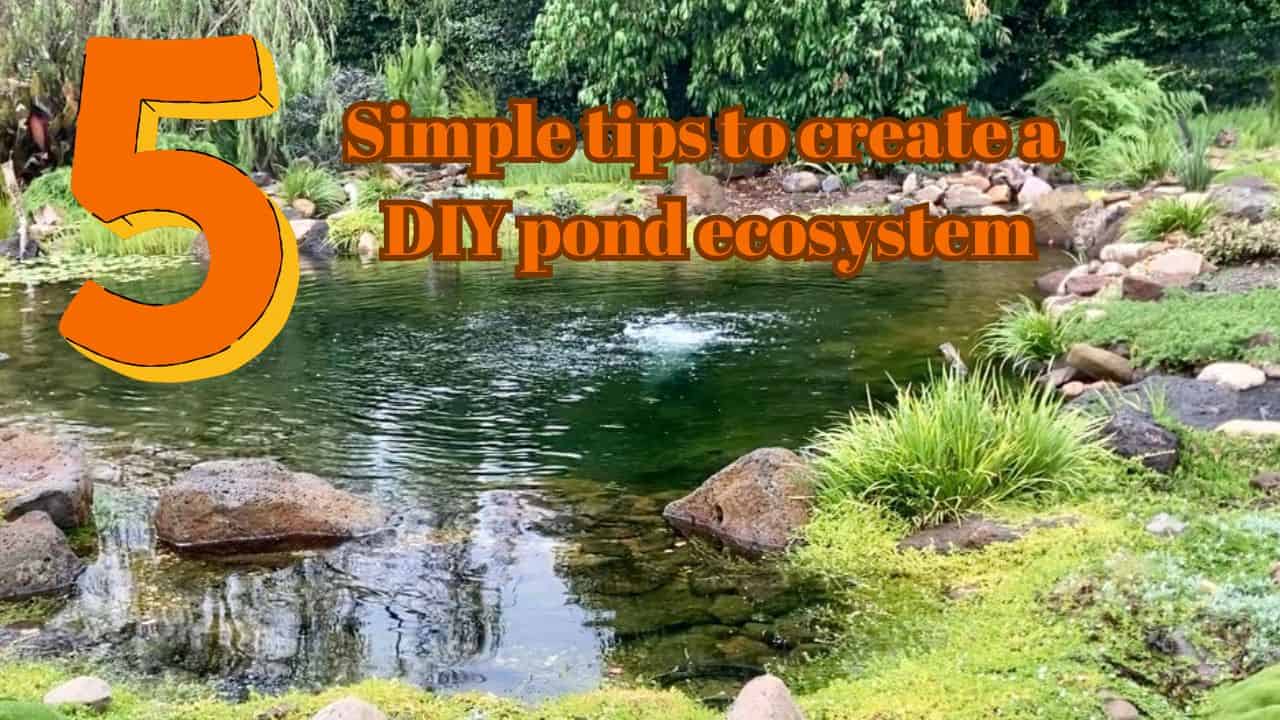
Credit: ozponds.com
Enjoying Your Ecosystem Pond
Once your ecosystem pond is established and thriving, take the time to sit back, relax, and enjoy the beauty of your creation. Whether it’s watching fish glide gracefully through the water, observing dragonflies flit among the plants, or simply listening to the gentle trickle of a waterfall, your ecosystem pond will provide a tranquil and captivating escape right in your own backyard.
Conclusion
Building an ecosystem pond is a rewarding endeavor that allows you to create a harmonious and biodiverse aquatic habitat. By carefully planning, constructing, and maintaining your pond, you can experience the beauty and wonder of a self-sustaining ecosystem right outside your door. Embrace the process, enjoy the journey, and revel in the natural splendor of your very own ecosystem pond.




